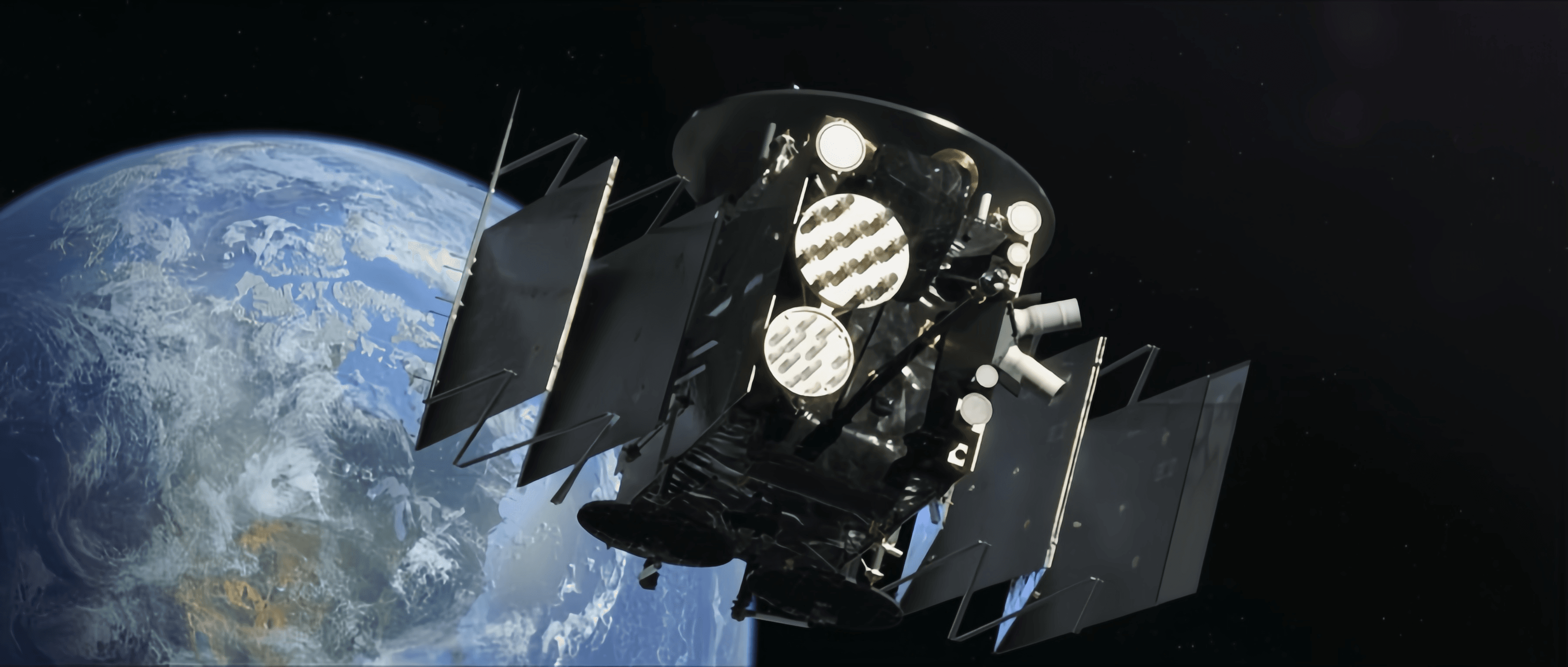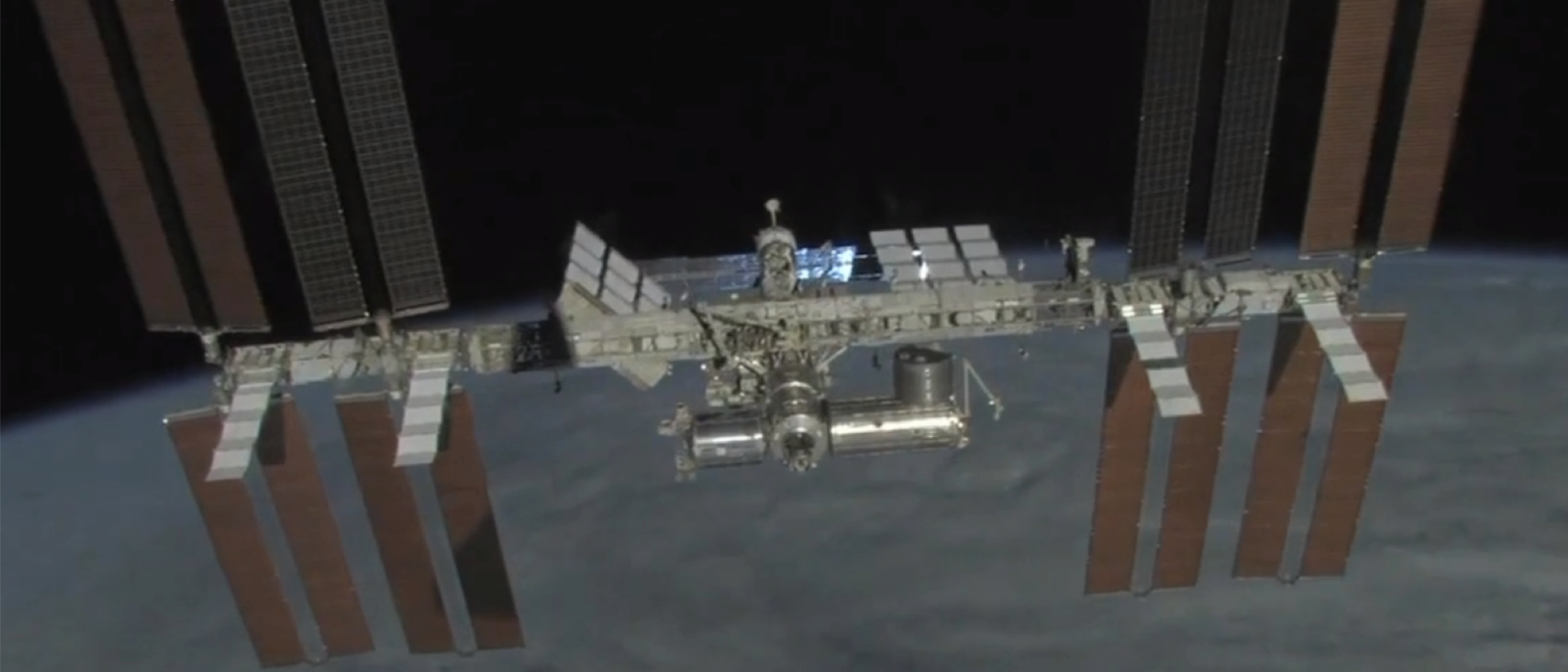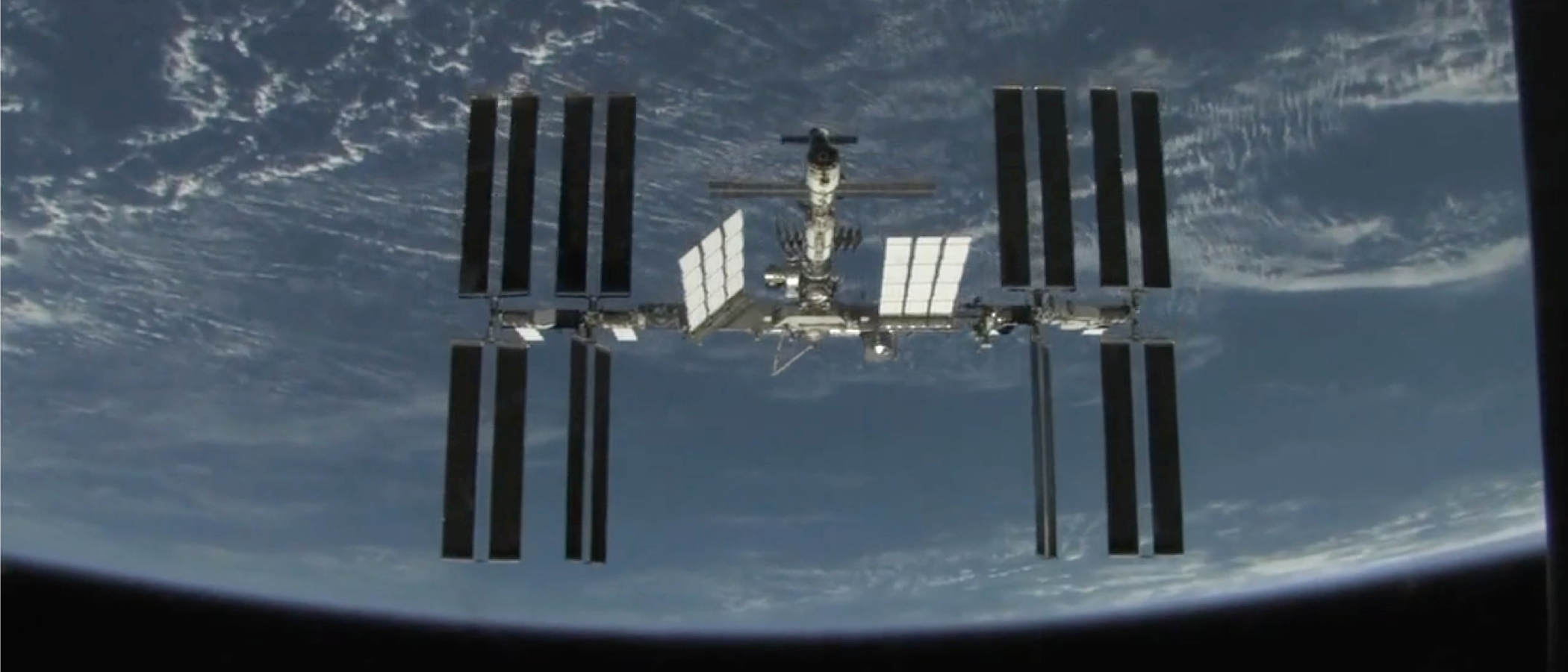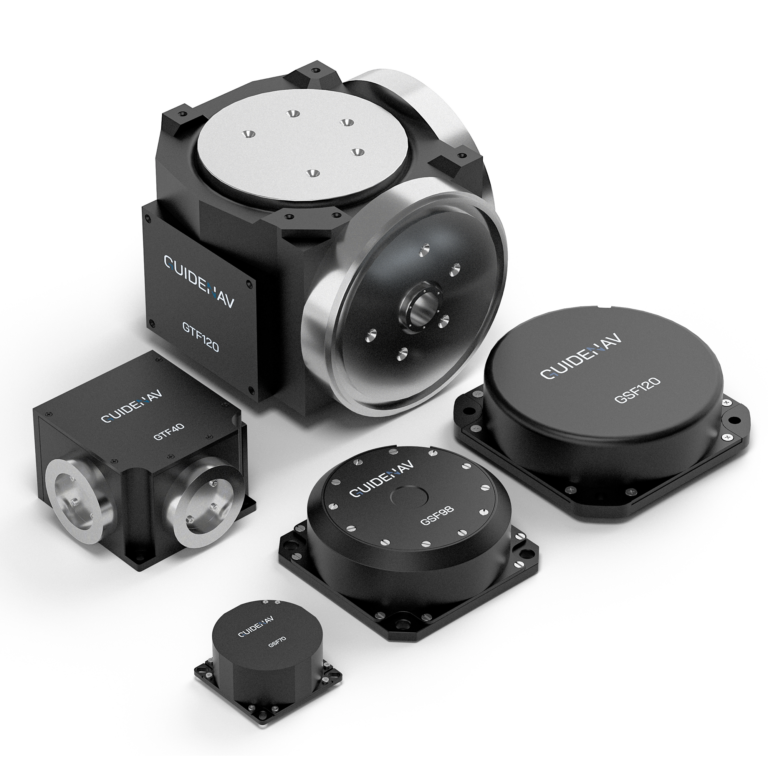In my work on spacecraft navigation, I’ve seen how unforgiving attitude control can be—errors of less than a degree can render imaging data useless or disrupt orbital maneuvers. MEMS gyroscopes, though attractive for their size and cost, simply don’t hold up in orbit: bias drift grows unacceptably fast, radiation induces lasting offsets, and thermal cycling undermines stability. Fiber Optic Gyroscopes, by contrast, provide the long-term bias stability and radiation resistance that spacecraft require, making them my first choice for reliable attitude control.
Fiber Optic Gyroscopes outperform MEMS by delivering long-term stability, radiation resistance, and precision that remains reliable for years. They are indispensable for satellites, constellations, and deep-space probes where accuracy cannot be compromised.
As missions extend from Earth orbit to deep space, I’ve learned that only FOGs can maintain accuracy without frequent recalibration. Let me highlight the key reasons they have become essential for spacecraft attitude control.

Table of contents
Why is attitude control so critical for spacecraft operations?
From my experience, attitude control defines mission success. Imaging satellites need sub-degree pointing accuracy to capture sharp data; communication platforms must keep antennas precisely aligned or signals degrade instantly; and scientific probes rely on exact orientation to keep instruments locked on target. I’ve seen missions where even a 0.1° error compromised payload performance. That’s why I consider attitude control not as a supporting function, but as the foundation of spacecraft operations.
What limitations do MEMS gyroscopes face in space applications?
From my direct experience with flight hardware, I can say that MEMS gyroscopes are fundamentally constrained in the space environment. Their design favors size and cost, but their error sources make them unfit for long-duration missions:
- Bias instability even the best tactical MEMS gyros show 1–10 °/h bias drift, which compounds into kilometers of position error over multi-day operations.
- Angle Random Walk (ARW) typical values around 0.1–0.3 °/√h mean noise accumulates rapidly, degrading fine pointing accuracy.
- Thermal sensitivity spacecraft cycles between –150 °C and +120 °C, and I’ve measured MEMS bias shifting significantly with these temperature swings.
- Radiation effects MEMS structures and electronics are highly susceptible; single-event upsets and long-term drift shifts under radiation are common failure modes.
- Mission duration mismatch while adequate for short-life CubeSats or experimental payloads, MEMS cannot deliver the multi-year stability required for operational satellites or deep-space probes.
By contrast, Fiber Optic Gyroscopes (FOGs) overcome these limitations. With bias stability of 0.001–0.01 °/h, they provide sustained orientation accuracy over mission lifetimes. Their optical measurement principle is far less affected by temperature extremes, and when paired with radiation-hardened electronics, FOGs deliver consistent, repeatable performance for both geostationary satellites and interplanetary missions.

How FOGs Differ From MEMS in Operating Principles?
In spacecraft navigation reviews I’ve conducted, I always emphasize that FOGs are not just a better MEMS—they are based on a completely different physical principle. MEMS rely on vibrating mechanical structures that inevitably suffer from thermal drift, aging, and radiation sensitivity. FOGs, by contrast, use the Sagnac effect in fiber optics, which eliminates mechanical limitations and delivers the stability required for multi-year space missions.
| Aspect | MEMS Gyroscopes | Fiber Optic Gyroscopes (FOG) |
|---|---|---|
| Operating principle | Vibrating micro-mechanical structures | Sagnac effect (phase shift of counter-propagating light in fiber coil) |
| Moving parts | Yes – mechanical elements subject to stress and aging | No – purely optical, immune to wear |
| Bias stability | 1–10 °/h (tactical grade) | 0.001–0.01 °/h (navigation grade) |
| Angle Random Walk (ARW) | 0.1–0.3 °/√h | <0.001 °/√h |
| Durability in space | Sensitive to thermal and radiation effects | High resilience, stable for years |
How do FOGs perform under space radiation and thermal extremes?
Spacecraft sensors must operate under radiation exposure and temperature swings from –150 °C to +120 °C. MEMS gyros typically suffer from bias shifts and single-event upsets in these conditions. FOGs, relying on optical phase detection, are far less sensitive to such effects and maintain accuracy over years of operation.
| Environmental Factor | MEMS Gyroscopes | Fiber Optic Gyroscopes (FOG) |
|---|---|---|
| Radiation exposure | Prone to single-event upsets and drift | Stable with hardened components; optical path unaffected |
| Thermal cycling | Bias shifts significantly across extremes | Calibration remains consistent |
| Long-term stability | Performance degrades over time | Bias stability of 0.001–0.01 °/h maintained |

What role do FOGs play in satellite constellations and deep-space probes?
FOGs are applied differently depending on the mission profile, but in both satellite constellations and deep-space probes, they provide the continuous precision MEMS cannot match.
- Satellite constellations (LEO/GEO):FOGs ensure stable pointing for imaging payloads and communication links, especially when GNSS signals are unavailable or jammed. In dense constellations, precise attitude control also prevents collision risks and enables accurate inter-satellite links.
- Deep-space probes:Without GNSS, probes rely on FOGs to maintain orientation between star tracker updates. Their low drift and radiation resistance allow spacecraft to keep instruments locked on targets during long cruise phases to Mars, asteroids, or beyond.
Together, these applications show why FOGs are a baseline requirement for modern and future space missions.
How are FOGs integrated with star trackers and GNSS in spacecraft?
Spacecraft rarely rely on a single navigation sensor; instead, they combine complementary technologies.
- FOGs for continuous precision— they provide uninterrupted angular velocity data, ensuring stable attitude control during maneuvers or GNSS outages.
- Star trackers for absolute reference— by imaging the star field, they deliver precise orientation updates, though they can be blinded by sunlight or Earth reflections.
- GNSS for orbital position— when available in Earth orbit, GNSS adds absolute position fixes to the navigation solution.
By fusing these inputs, spacecraft achieve redundant and resilient navigation: FOGs bridge gaps when star trackers or GNSS are unavailable, ensuring seamless and reliable attitude control.
What are the trade-offs between FOGs, RLGs, and MEMS in space systems?
When selecting gyroscope technology for spacecraft, the choice often comes down to MEMS, FOGs, or RLGs, each with distinct advantages and drawbacks.
| Technology | Strengths | Limitations |
|---|---|---|
| MEMS | Small size, low cost, excellent shock resistance | Bias drift 1–10 °/h, poor long-term stability, radiation sensitive |
| FOG | Bias stability 0.001–0.01 °/h, no moving parts, good thermal and radiation resilience, scalable size/power | Larger than MEMS, higher cost |
| RLG (Ring Laser Gyro) | Ultra-high precision (<0.001 °/h), proven in strategic and scientific missions | Bulky, heavy, expensive, complex electronics |
In practice, MEMS fit short-lived CubeSats, FOGs balance precision and practicality for most spacecraft, and RLGs serve only the highest-precision, flagship missions.

How does GuideNav deliver FOG solutions tailored for spacecraft missions?
GuideNav develops GFS and GTF series Fiber Optic Gyroscopes specifically for aerospace applications. These units achieve bias stability down to 0.001 °/h, integrate radiation-hardened electronics, and are designed for multi-year reliability in orbit. Unlike ITAR-restricted options, GuideNav products are export-compliant and can be customized for mission-specific SWaP requirements. This combination of precision, resilience, and accessibility makes them well-suited for satellites, constellations, and deep-space missions where navigation cannot fail.
